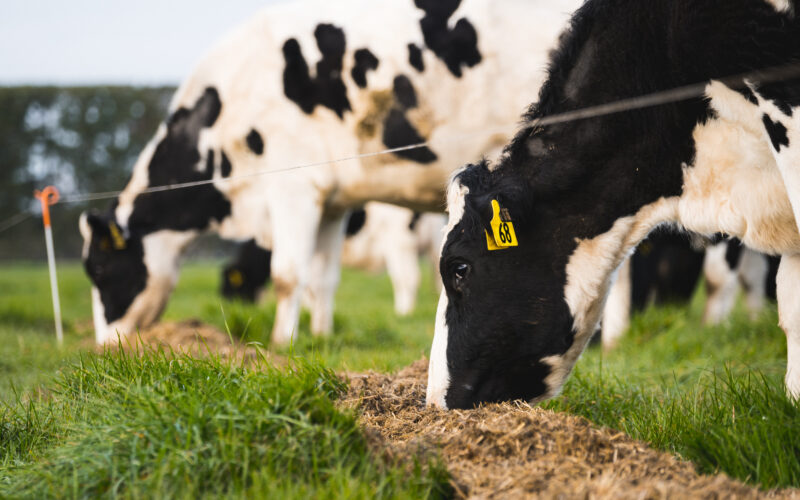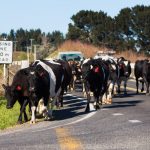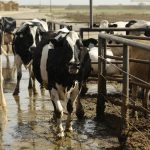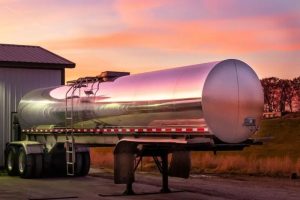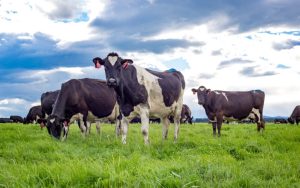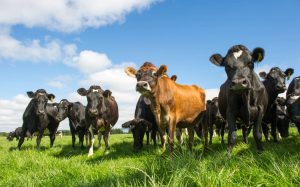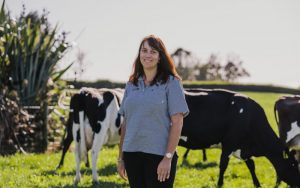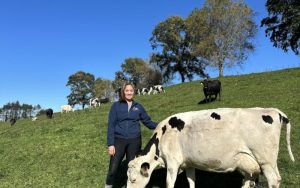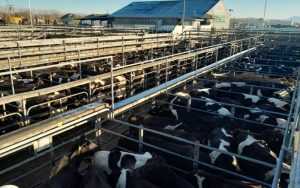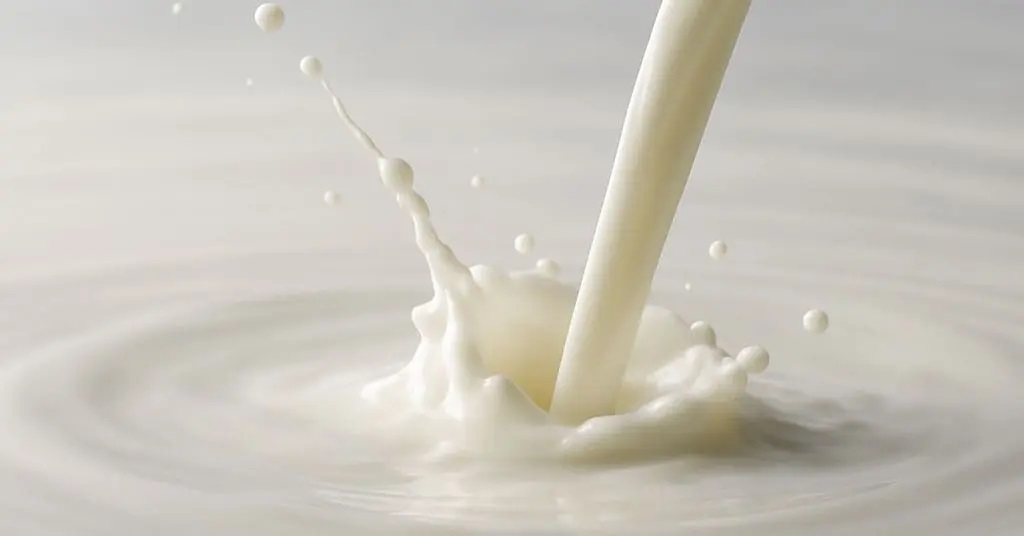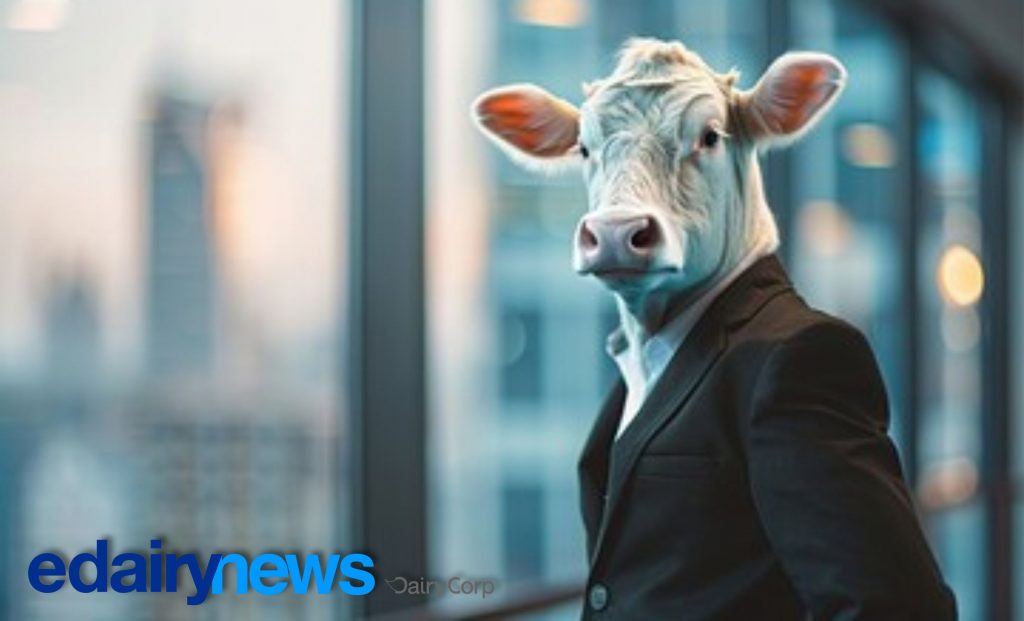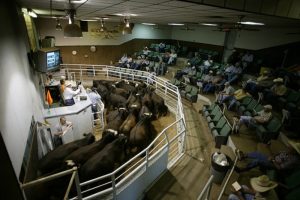
The dry period is their chance to rest, recover and rebuild – with the right help.
The dry period is often seen as a time to ease off and let cows rest before the next lactation but, in reality, it’s one of the most important phases in the production cycle. What happens during this time has a direct impact on calving outcomes, milk production, fertility and overall herd health in the season ahead.
Cows are under significant pressure throughout lactation, and the dry period is their chance to rest, recover and rebuild. However, this doesn’t happen automatically – it requires the right nutritional support to repair body condition, strengthen immune function, and prepare for the demands of early lactation.
The dry period is not just a time to stop milking – it’s a critical transition phase where cows shift from one metabolic state to another. Their requirements change dramatically as they move from producing milk to maintaining their pregnancy and preparing for calving.
The right mineral balance during this time can make the difference between a smooth transition into lactation or a rough start filled with problems such as metabolic disorders, retained membranes, or poor milk production. Trace elements, macro-minerals, and vitamins all play a role in preparing the cow for calving and early lactation.
A cow’s ability to calve down and start producing well is heavily influenced by her mineral status in the dry period. If key minerals like magnesium, calcium, phosphorus and trace elements are lacking or imbalanced, the risk of metabolic issues like milk fever, ketosis and retained placenta increases.
Good nutrition during this phase helps ensure:
• Strong calf development – Calves rely entirely on the cow’s reserves for essential minerals like selenium, iodine and copper. If the cow is deficient, the calf starts life on the back foot.
• A smooth calving process – Well-transitioned cows are more likely to calve without complications, reducing stress and improving recovery.
• Better colostrum quality – The first milk is packed with antibodies, and a well-fed cow produces stronger colostrum, giving her calf a better start.
• Faster recovery and stronger fertility – Cows that transition well into lactation cycle sooner and get back in calf more easily.
One of the biggest challenges in the dry period is that deficiencies don’t always show obvious signs. A cow might look fine, but if she’s lacking key minerals, the effects will show up later – often in the form of poor production, weak calves, or metabolic issues post-calving.
Dry cows should have access to the right balance of essential minerals, including:
• Magnesium – Supports calcium metabolism and reduces the risk of milk fever.
• Calcium and phosphorus – Must be carefully managed to prevent imbalances that lead to metabolic disorders.
• Selenium, iodine, and zinc – Key for immune function, calf development, and post-calving recovery.
• Copper and cobalt – Essential for energy production, red blood cell formation, and rumen function.
The dry period is not the time to cut corners on nutrition. Investing in the right supplementation strategy prevents costly problems at calving and sets the herd up for a productive season. A well-managed dry period results in fewer metabolic issues at calving, healthier calves with better growth potential, higher peak production and improved milk quality, and stronger fertility heading into mating.
Farmers who take a proactive approach to dry cow nutrition consistently see better herd performance, lower treatment costs, and fewer problems at calving. Getting the balance right during this phase is one of the most effective ways to set cows up for success in the season ahead.
By Chris Balemi, founder and managing director of Agvance Nutrition.
You can now read the most important #news on #eDairyNews #Whatsapp channels!!!
🇺🇸 eDairy News INGLÊS: https://whatsapp.com/channel/0029VaKsjzGDTkJyIN6hcP1K
